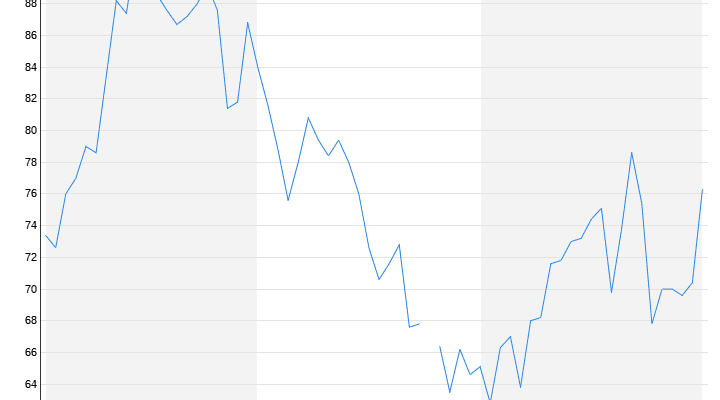Investment worth billions
US group builds chip factory in Saarland
2/1/2023 4:51 p.m
A chip factory will be built on the site of a former coal-fired power plant in Saarland, in which semiconductors for the automotive industry will be manufactured. The US company Wolfspeed will build it. Germany has prevailed over other locations for one reason in particular.
Europe is taking another step forward with the settlement of important technologies: The US group Wolfspeed wants to build a chip factory in Saarland for the equivalent of 2.75 billion euros. The automotive supplier ZF Friedrichshafen is involved with a contribution of around 170 million euros. According to Wolfspeed boss Gregg Lowe, a large part of the investment will be financed through subsidies.
Federal Chancellor Olaf Scholz and Federal Economics Minister Robert Habeck traveled to Ensdorf near Saarlouis to announce the plan. Habeck called it “an important signal that Germany is still attractive as a location in a difficult situation, also for high technology.”
The factory is to be built on the site of a former coal-fired power plant. The federal and state governments are ready to provide significant grants through the EU funding framework IPCEI and have already requested approval in Brussels, said a person familiar with the process. “The green light from the EU Commission is still pending.” But the release is certain. Starting in 2027, silicon carbide semiconductors are to be manufactured, which could be used to increase the range of electric cars. They are also used in energy and industrial plants. According to the companies, it will be the world’s most modern and largest production facility for these components.
Reduce dependence on Asia for semiconductors
Wolfspeed and ZF also want to set up a research center to further develop the high-performance chips. “These initiatives are an important step on the way to a successful industrial transformation,” explained ZF CEO Holger Klein. Like the entire industry, Germany’s second-largest automotive supplier and traditional transmission manufacturer is in the midst of a transition to electromobility. After checking a number of possible locations in Europe, Wolfspeed decided on Germany because of the qualified workforce. According to Lowe, the company hopes that this will result in particularly profitable production. “The level of quality and training of technicians in Germany is very, very high,” he said. “Our job is just to train them for semiconductor machines, and we have four years to do that.”
The European Union (EU) aims to reduce Europe’s dependence on Asia for semiconductors. The shortage of chips during the corona pandemic has made the industry aware of the vulnerability of global supply chains. The automotive industry struggled with massive production losses, and despite high demand, car sales in Europe fell to their lowest level in almost 30 years. With a “European Chips Act” with a total volume of 45 billion euros in public and private investments, the global production share of semiconductors in Europe is to be doubled to 20 percent within ten years.
The chip factory in Saarland will be a further building block for securing supply chains for the automotive and electronics industry after the semiconductor production facility of the US group Intel is planned in Magdeburg. The German heavyweights Bosch and Infineon are also investing billions in chip factories in Dresden with government support. Intel announced last year that it would build two €17 billion plants in Magdeburg as part of an €80 billion investment program in Europe. According to media reports, the plans are being delayed due to ambiguity about the amount of government funding.
Europe’s response to the IRA
German industry has been warning ever louder about competitive disadvantages compared to the US since US President Joe Biden announced the “Inflation Reduction Act” (IRA), a $370 billion funding program for climate-friendly technology, last year. The German Association of the Automotive Industry (VDA) fears a spiral of protectionism. “The transatlantic partnership must be deepened instead of being provided with hurdles,” explained VDA President Hildegard Müller.
Europe’s answer to the IRA is the Green Deal Industrial Plan. The package of measures that EU Commission President Ursula von der Leyen presented in Brussels is intended to accelerate the economy’s path to CO2 neutrality. From the point of view of the federal government, the chip factory in Saarland is also against this background a counterpoint in the transatlantic location competition.
“There are currently concerns that the US will withdraw investments from Europe with its Inflation Reduction Act – and now we are showing that an American company wants to invest in Germany,” government circles said. The subsidy level in Germany for climate-friendly technologies is no lower than that in the USA. In the German climate and transformation fund, funds of almost 180 billion euros are available for the years 2023 to 2026.
